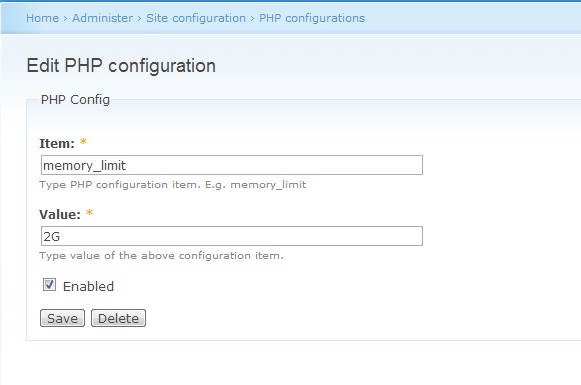
Other database management systems, such as MySQL and Microsoft SQL Server, have their own default port numbers that can be changed to ensure secure remote access. The default port used for PostgreSQL is 5432. When setting up a remote connection, the database server needs to listen on a specific port to accept incoming connections from remote clients. A port is a communication endpoint that enables data to be sent and received between different devices. Ports play a vital role in establishing remote database connections. In this era of global connectivity, remote access to databases is becoming increasingly important for organizations of all sizes. Remote database connections can be established through different protocols and technologies, such as TCP/IP, SSH, or VPN, and can be configured for various database management systems, including PostgreSQL. It is also important for businesses that require real-time data access for critical decision-making. Remote access is crucial for organizations with distributed teams or with users in different geographic locations who need to access and work with the same data.

Remote database connections allow users to access data from a database server that is located on a different machine or network. Introduction to remote database connections

Advantages of using dbForge Studio for PostgreSQL.Connect to a remote PostgreSQL server from dbForge Studio for PostgreSQL.
#Drupal 8 settings.php configure postgresql how to#
How to allow remote connections to PostgreSQL on Windows.How to allow remote connections to PostgreSQL on Linux.Securing remote connections to PostgreSQL.Introduction to remote database connections.Whether you are a database administrator, developer, or user, this article will provide you with the knowledge and tools to enable remote access to your PostgreSQL database.

In this article, we will walk through the step-by-step process of configuring PostgreSQL for remote access, including setting up the PostgreSQL server, configuring the firewall, modifying PostgreSQL configuration files, and testing the connection with the help of an advanced Postgres GUI tool – dbForge Studio for PostgreSQL. Configuring PostgreSQL for remote access enables greater flexibility, accessibility, and collaboration, which can improve productivity and efficiency in multiple use cases. It can also be crucial for troubleshooting issues that cannot be resolved locally or when the database administrator is working remotely. Remote access to a PostgreSQL database is necessary for applications that require accessing the data from different geographical locations or for teams that are working in different parts of the world. By default, PostgreSQL only allows connections from the local machine, which can be a limitation in many situations. Configuring PostgreSQL for remote connections is essential for accessing data from different locations.


 0 kommentar(er)
0 kommentar(er)
